Cover StoriesMAGAZINE | MAR 10, 2014
MODI & ADANI All Along The Waterfront Not as proverbial as the Ambani saga, but the joint upward arc of the Adani-Modi graph is striking. So are the grey areas. In The Eye Of The Storm
*** Denizens of downtown Ahmedabad say it’s better to leave early for Gautam Adani’s mansion, as it’s way beyond the BRT corridor, past the suburbs, off the Sarkhej-Gandhinagar highway. Guards do a thorough check of cars before they open the giant steel gates. It’s quite a drive from the gate to patio, with impeccably manicured lawns lined with flower beds and a fleet of parked cars. Then it’s a walk through gleaming corridors to the back lawns where a huge table is set up for breakfast. Guards lurk in the background, inconspicuous behind the trees and bushes. There is a live breakfast counter making south Indian, Gujarati, north Indian, continental and even Chinese dishes, but everything is vegetarian. Waiters move around with assorted fruit drinks, biscuits and bakes. Gautam Adani, in a formal dark suit, greets guests warmly with a broad grin and heavily Gujarati-accented Hindi, and later similarly accented English. He’s India’s 21st richest man, according to Forbes, with a personal net worth of around Rs 16,000 crore. With interests in private ports, power and coal trading, this infrastructure magnate, many aver, is another Ambani in the making. It’s a comparison Adani discourages.
But like Mukesh Ambani, Adani has been in the news lately for non-business reasons. As the pre-election season warms up, the Aam Aadmi Party has asked about the “exact relationship” between the Adani group and the BJP’s prime ministerial candidate. “We want to know about the rise of the Adani group in Gujarat,” the AAP’s Yogendra Yadav said at a rally. Answers are being sought on whether it’s just a coincidence that the spectacular growth of the largely Gujarat-based Adani group coincides with 12 years of the Modi government. This direct accusation by a political party explicitly verbalises more tacit speculation over the years on the links between Modi and the Adani group. It sharp-focuses charges that the Adani group has gained beyond measure in Gujarat, thanks to an over-eager state government that plied it with sops like cheap land, and an easy regulatory regime. The Adani group had not replied toOutlook’s questions at the time of going to press. Actually, on the face of it, such a relationship could even be seen as ‘normal’, given Modi’s corporate-friendly image, one that he has never been ashamed of—in fact, he is openly using it to reach out to voters seeking development. And there’s nobody better than Adani, after all, that symbolises the Gujarat model. He’s the first homegrown billionaire out of the western state, a fascinating journey for a college dropout who moved on from trading (import-export business, as they say) to big-ticket infrastructure projects.
For Adani has built assets on the ground, even if most of them have been in Gujarat. He runs India’s most efficient private port, Mundra, where visitors come back with stories of how it glistens like Mumbai’s Taj Mahal Hotel (where Adani, incidentally, was holed up during the 26/11 attacks in 2008). Mundra, which also hosts an SEZ, is fed by India’s largest private rail network set up by Adani. Then there’s Adani’s power business, which may be the reason for the group’s dependence on high levels of debt (at about Rs 80,000 crore, it is among the top 10 in terms of corporate debt in India). But even here, Adani has achieved admirable capacity, like in the coal trading business or edible oils. He’s attracted good talent, and is particularly fond of surrounding himself with ex-bureaucrats. Many would argue that Adani’s success is the ‘Indian way’—of moving from trading to logistics, dreaming big and building scale in a very organic manner. Anyone who works in the infrastructure business will tell you that corruption is a given, and suitcases with cash are ferried about. That said, though Adani has had brushes with the law in the past (his brother was arrested by the CBI for evasion of customs duty in 2010), nothing has been conclusively proven. As for politicians, as Vijay G. Kalantri, chairman and managing director of Dighi Port Ltd, puts it, “Nobody in India has become big without political support or patronage. Also, to run a large corporate house you need political patronage and support, otherwise it is difficult in the present circumstances as the system is very cumbersome.”
Adani himself makes no bones about the need for political patronage. “I firmly believe that the business of infrastructure cannot be done without the blessings of the government,” he told Fortune magazine in a 2011 story. Adani also “defended India’s style of capitalism” in a New York Times story. Of late, the group has been trying to downplay his proximity to Modi, stressing that the group has got approvals in earlier regimes too. Insiders say the group enjoys the political patronage of Congress and NCP politicians too (Kamal Nath and Sharad Pawar are mentioned here). A Gujarat Congress leader, unwilling to be identified, grudgingly concedes that Adani enjoys the “patronage of all influential political leaders irrespective of the party. He has support both at the state and the central level.” In fact, given Gujarat’s penchant for big business, some might ask why Adani alone is being targeted. The short answer is that Adani is the only big businessman in Gujarat who has made his billions after Modi came to power. His turnover has grown 12-fold in the years under Modi’s regime to Rs 35,881 crore. Over the past 10 years, the Adani group’s listed firms have shown staggering compounded annual growth of 21.7 per cent in sales and, even better, 37.1 per cent in profit after tax. “For a first-generation company, its growth is frankly quite astounding,” says somebody who has closely tracked the group as an analyst.
Though such comparisons are never perfect given the different businesses, all experts Outlook spoke to agreed that Adani’s sheer growth rate overshadows any comparable infrastructure firm in the country. “What is in his companies that gives him such a success rate,” asks a senior infrastructure consultant (who has not worked with the Adanis), adding that “there is logically no answer, so it has to be something beyond that”. Adds a retired IAS officer from the Gujarat cadre, “Adani is blessed because he gets more permissions, and the things he does with those permissions are not taken note of.” Adding fuel to the relationship between Modi and Adani is the fact that the two have openly reached out to the other in the past. For instance, it was Adani’s decision to cancel the sponsorship of a Wharton India Economic Forum event last year after it dropped a live video address by Modi. Or in arranging a special air-conditioned tent on the university grounds when Modi staged a dharna in Ahmedabad over the Narmada water issue. At last year’s Vibrant Gujarat function, Gautam Adani was the only businessman (apart from Anil Ambani) who made a clear pitch for Modi, saying that he hoped “Modi would migrate northwards (read Delhi)”. In an earlier Vibrant Gujarat, surrounded by the Tatas and Ambanis, it was Adani who got to sit next to Modi. More recently, when Modi attacked former environment minister Jayanthi Natarajan, most agreed he was batting for the environment concerns Adani’s Mundra port was facing.
This close relationship goes back to the early days of Modi’s regime. For almost a year, he sidelined Reliance, which had had very close relations with his predecessor, Keshubhai Patel, and forged links with the Essar group. But then, the Gujarat riots happened and senior CII members attacked Modi. As journalist Kingshuk Nag reminds us in his recent book, The Namo Story, “Leading businessmen of Gujarat who were on the same page as Modi regrouped under the Resurgent Group of Gujarat (RCG). Along with Karsenbhai Patel of Nirma, it was Adani who played a key role in the formation. A statement issued by them said, ‘Forces causing embarrassment to the state globally need not misunderstand peace-loving and tolerant nature of Gujarat as its weakness’.” Later, Adani cemented his hold on Modi’s regime by making big investment plans in Vibrant Gujarat functions—he also leads the lobbying for Modi abroad. In return for this support, what did Adani get? Land, cheap land, and lots of it. Ahmedabad-based lawyer Anand Yagnik has been fighting cases in the Gujarat High Court and the Supreme Court against allocation of land given to the Adani group by the Modi government. Indeed, he has horror stories to recount—all land allocation to the Adani group after Modi came to power has been done at a price much lower than the Jantri price (arrived at after evaluation of land by the Gujarat revenue department). In case more than 10 acres of land is allocated to any party at a price lower than the Jantri, the power of clearing that allocation moves from the local collector to the state revenue secretary. The revenue ministry was headed by Anandiben Patel, a close aide of Modi. According to Yagnik, all clearances to Adani were made at a swift pace—the group got land at prices ranging between Rs 1 to Rs 16 per square metre. This when land for industrial purposes in the area is worth Rs 200-300 per sq metre. In fact, Yagnik says that in the pre-Modi regime, the Adani group’s land holding was about 3,000 acres. In the Modi era, this has increased to about 2 lakh acres, of which 45,000 acres has been given by the state. Indeed, the group has stated before the commerce ministry and submissions before the courts that it has 45,000 acres of land only for the SEZ. The Mundra port stretches over 35-40 km of coastline (almost equivalent to the size of Mumbai)—this was given to the group for about Rs 33 crore (when the Jantri value of the land was Rs 3,000 crore).
Yagnik adds that the Adani group also did large-scale dredging in the coastal areas to support its port. This new land was evaluated by the government and given to the company at throwaway prices. “The land was then sold by the Adanis to IOC, ONGC and other PSUs at rates of over Rs 600 per sq metre. The Adani group was also exempted from all stamp duties for the thousands of acres of land at the SEZ, making the magnitude of this state subsidy phenomenal,” concludes Yagnik. The other big issue is the environment. At the showcase Mundra port, Adani has also run afoul of environmentalists for violating the Coastal Regulation Zone rules, illegally clearing mangroves and contaminating the water with inadequately treated waste water, leading to considerable damage to the coastal areas, alleges Dr Kanubhai Kalsariya, a former BJP MLA supporting the agitating fishermen living in the Navinal village within the Mundra SEZ. The fishing communities in the area fear the destruction of their traditional fishing grounds, even denial of access to it. At the heart of all this is a disregard for the law. “Adani proceeded on construction of facilities at Mundra without the required environmental clearances—on the basis of an in-principle clearance given to part of the land in 2004. Adani’s land was approved in 2007,” says Suresh Mehta, ex-Gujarat CM who’s also had a stint as state industries minister. Former home secretary G.K. Pillai, now an independent director on the Adani ports and SEZ board, clarifies that all the units have individually got green clearances while the SEZ has got the nod from Gujarat Pollution Control Board. The wait now is for the Union environment ministry to give its decision based on the recommendations of the Sunita Narain Committee report. Incidentally, Pillai faced some questions for taking up the job with the Adani group while it was still awaiting security clearances in 2010-11. Pillai’s defence is he took up the assignment nearly 20 months after retirement. The government held up security clearances following allegations of money-laundering and customs duty violations (the issue has been resolved with payment of fines). Official sources claim that many of Adani’s problems at the Centre stem from his perceived closeness to Modi. That may be partly true. But that doesn’t fully explain the many other controversies surrounding the Adani group. *** The West India Company A short history of Gautam Adani
*** The Adani Empire: The infrastructure and consumer businesses that comprise the House of Adani
By Sunit Arora with Lola Nayar and Arindam Mukherjee in Ahmedabad |
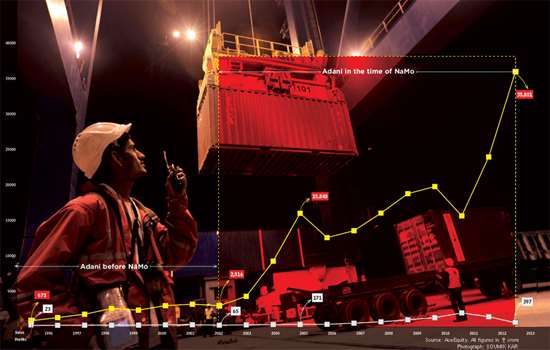
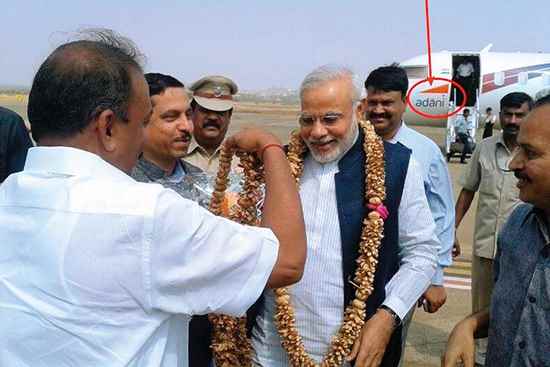

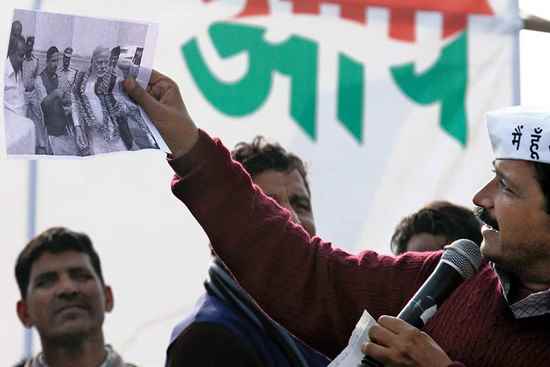

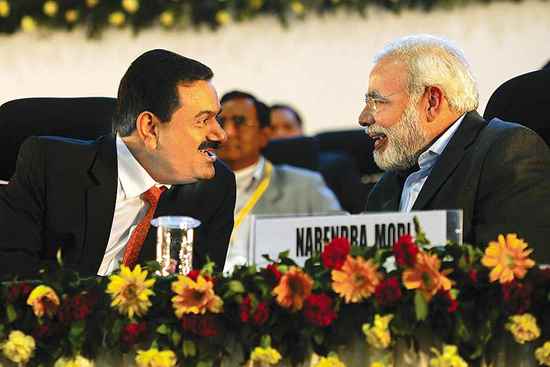

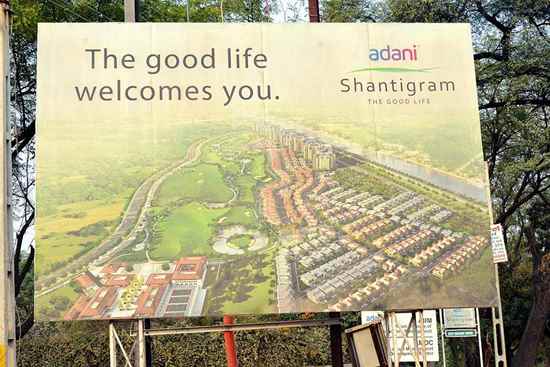



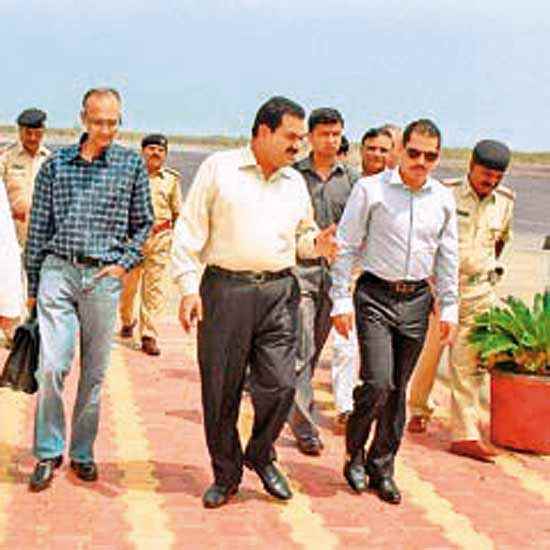


Leave a Reply